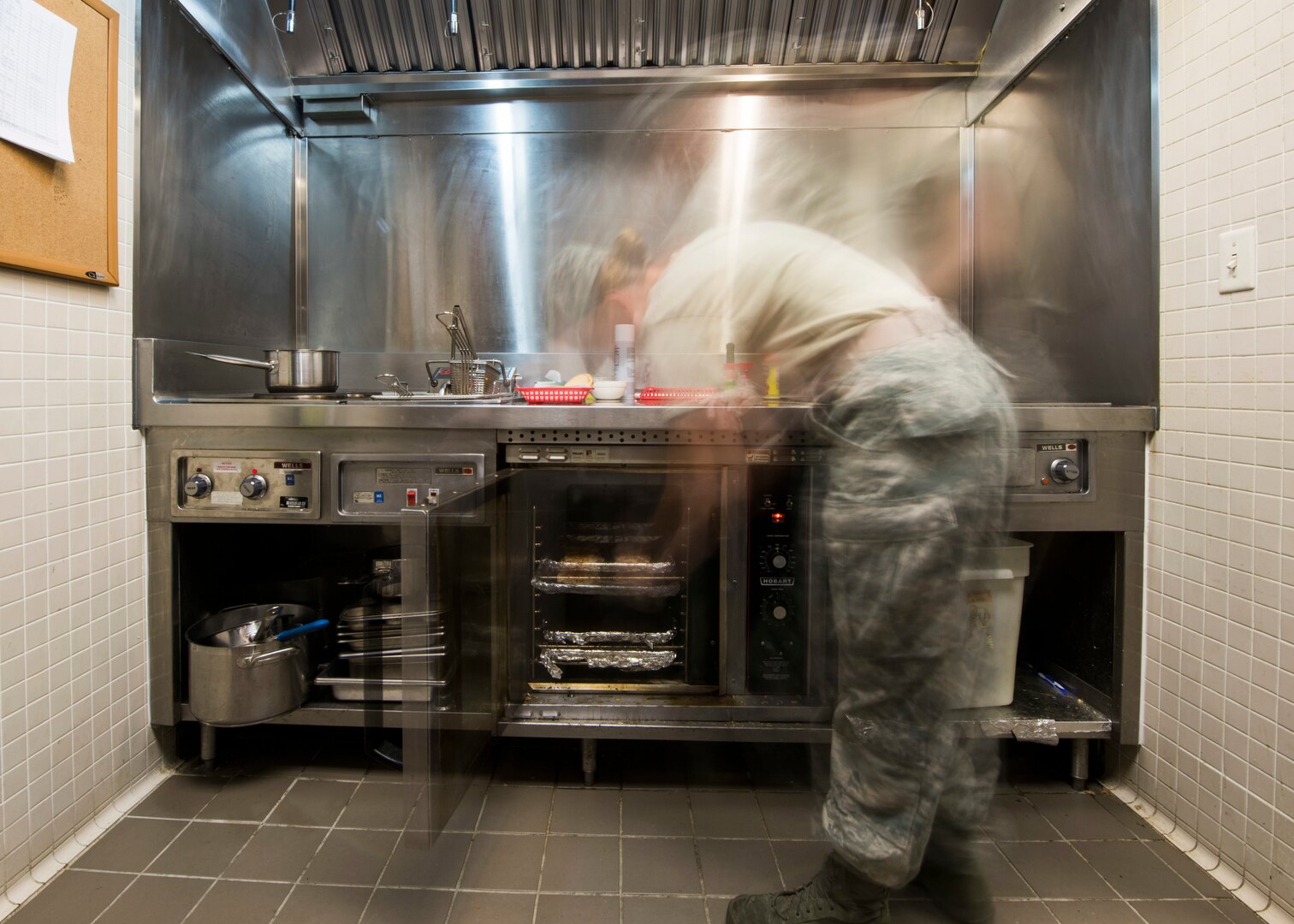Warming Cabinet
Dining service meals are kept warm, clean, and secure in a warming cabinet or heated holding cabinet (also known as a holding cabinet) unless customers are prepared to consume it. The heaters plus management systems that deliver consistent, reproducible, and secure outcomes are at the core of food-holding. During the prep-to-delivery procedure, food storage gear comes in handy. Food holding is the key element that improves kitchen capabilities and reduces wastage from the rear of the building towards the front, concealed or shown. Experts in the food sector are searching for more precise temperature and moisture management in their storage gear these days. They also desire extended hold periods while preserving the freshness of the meal. Throughout slower periods, a fast-food establishment that can keep fries for another ten minutes without drying them out will have significantly less wasted food. The cafe is attempting to fine-tune that characteristic for the specific meal served. More precise management implies healthier, cleaner food that can be stored for extended periods. The idea is to construct the device in such a way that it can control the surroundings more quickly and precisely. Components and protection are vital, but the warming system is the most essential element.
Advantages of Having a Cabinet
There seem to be two main pros to owning a food storage cabinet. ‘Food hygiene’ and ‘operational effectiveness’ are the two terms.
Food Hygiene
Pathogens will develop faster if food is kept at an unhealthy temperature for an extended period. Viruses and bacteria can thrive in foodstuffs in as little as two hours, and in warmer climates, they can proliferate much quicker. One of the five hazard variables for foodborne disease, according to the CDC, is ‘Insufficient Storing Temperature.’ Time and temperature management is among the 3 basic concepts of food standards. Sanitation and cross-contamination are the other two.
Dangerous Temperature Region
The Temperature Danger Zone is a variety of temperatures spanning 41 and 135 degrees Fahrenheit, with one of the fastest pathogen development happening around 70 and 125 degrees Fahrenheit. One bacterium can multiply into thousands in a matter of hours. The FDA Health Code suggests spending no more than 4 hours in the risk zone in total. Dry crackers, for example, are an instance since germs can dwell there but are unlikely to multiply. Unless a particular technique, such as proving dough for bread as well as pastries, is necessary, heating cabinets keep food at 140-141oF. Time and temperature can be easily controlled with the help of a heating cabinet. To get consistent, safe outcomes, you’ll need a good source of heat and a good management system.
Manufacturing Efficiency
During peak meal times, a cook who can produce meals ahead of time can provide additional delectable cuisine. If you know you’ll have a huge demand between 11 a.m. and 2 p.m., you can save a lot of money by doing a lot of preparation work ahead of time and holding the meals without compromising value. You can conserve cash by reducing organic waste, increasing manufacturing effectiveness, and supplying a larger amount of needy people. Temperature-controlled cabinets give you more options when it comes to manufacturing. Line cooks for a catered party with 300 guests will have a difficult time pumping out that many meals simultaneously getting them to tables promptly. The manufacturing staff may get a head start thanks to the holding cabinets. When the primary meal is ready, the cabinets open up the ovens as well as burners so that more meals may be made. Mobile cabinets are ideal for transporting pre-prepared food towards a more accessible place, clearing up space and speeding up the ultimate meal distribution. Everything is done to aid in serving efficiency, operating convenience, serving temperature, and safety.
Cabinets that are standard, modifications, and combinations
1200 to 1500 watts is the typical full-size cabinet. Convected air or radiant heat is used to provide heat. The heating coils are located at the top or bottom of the unit and it may be equipped with a fan or crossflow blower to circulate the air. Ducting tubes can be utilised to accurately supply hot air, resulting in higher temperature homogeneity. Heat will be introduced to the cabinet surroundings via humidity from warm water.
Holding Cabinets come in a variety of styles, all with a particular number of characteristics and advantages. Most of them seem to be 2-in-1 appliance combinations that combine a standard holding cabinet with another function that increases the unit’s usability.
Hold and Cook
You can prep beforehand and leave the meal to prepare and store overnight in a Cook and Hold Cabinet. In most models, you can insert a sensor to detect a specific interior temperature, which will immediately change the unit from cooking to hold mode.
Banquet Room with Heat
Heavy-duty design, featuring solid casters and big grips, makes heated banquet cabinets highly manoeuvrable. The amount of stacked dishes it can hold is a common metric for capacities. Plate capacities 96, 128, 144, 180, 192, and 200 are popular.
Holdings for Institutions
Institutional models are flexible and adaptable. Heavy-duty equipment for major activities such as school canteen, conference centres, huge banquet halls, food service, and institutions.
Holding in Correctional Facilities
Engineered to last a long time and not fall apart quickly. Everything that would ordinarily be put in place would either be fused in place or has some type of tamper-proof security gear that is impossible to dismantle without specialist equipment.
Conclusion
A warming cabinet is used for a variety of reasons. It can help you a lot in your kitchen.







